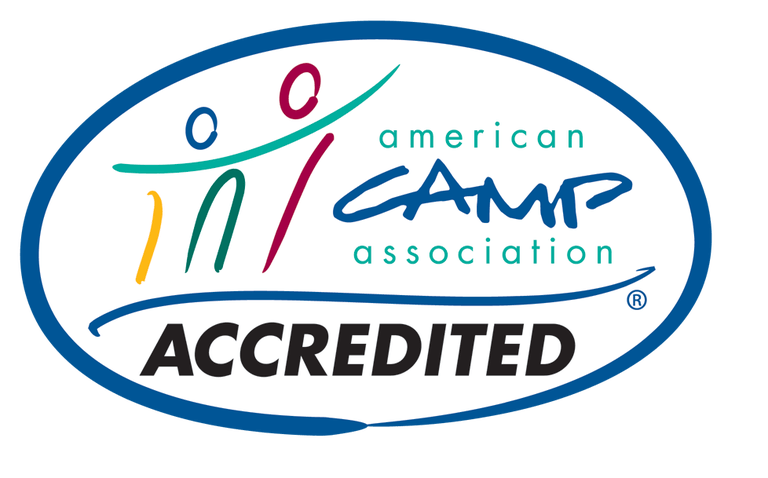Relationships in Nature
/Lichen
One of my favorite things about the natural world is how everything works together to balance each other out. The different types of interactions between living things come with different names based on how each organism involved is affected. Some interactions are necessary for an organisms survival, some hurt an organism involved, an some happen without an organism even knowing it. I have mentioned a few of these relationships before in yesterday’s post about flowers: http://www.soundviewcamp.com/nature-blog/2020/4/14/flowers-of-sound-view and in a post about lichen: soundviewcamp.com/nature-blog/2020/3/30/lichen
Photo: Scubadiverlife.com
Both in the case of the flower/pollinator relationship and in the lichen relationship between algae and fungi both organisms benefit from their interactions. This is called mutualism. There are many ways and reasons that mutulism happens. In these relationships the benefit gained by either organism involved is food, protection, or dispersal of pollen/seeds. It can also be a combination. For example, a pollinator gets food from a flower and then helps disperse pollen from the flower to other plants. Also, a mutualistic relationship may be necessary in order for each organism to survive, like in lichen. This is called obligate mutualism. However, if it is facultative mutualism, both organisms can survive without each other but do better when they have the interaction. A famous example of mutualism that I haven’t mentioned yet is the relationship between clownfish and anemones in tropical water. The clownfish brings food to the anemone and in return the anemone’s stinging cells offer good protection against predators for the clownfish. Both can survive without each other. The anemone will get enough food and the clownfish can find another hiding spot to live. Together though, they help increase each other’s chance of survival.
Headbutting in Elk is an example of competition. Photo:http://maplehurstelkfarm.weebly.com
Other types of relationships between organisms are where one benefits but it hurts or kills the other organism in return. One example of this is the predator/prey interaction. The predator, such as an Orca, hunts and kills the prey, such as a salmon. In this case the Orca benefits with food that will give it energy, but the salmon is no longer living. While it is sad for the salmon, this interaction helps keep populations of animals healthy because a predator is more likely to catch a sick, injured, or old prey, leaving the healthy ones to reproduce and continue their species. Another relationship where one benefits and the other doesn’t is called competition this can happen with in a species or across species. Organisms may compete for food, sunlight, space (territory), mates. In the case of competition, one individual “wins” and gets the resource while the other is left without it or must use more energy to find it elsewhere. Lastly parasitism, is where one organism (parasite) lives in/on another (host). The parasite gains food from its host and the host is hurt by the parasite to some extent. Ticks are an example of a parasite.
Whale Barnacles Photo: https://www.matchmywhale.org
There are also relationships where one is unaffected and the other either benefits or is harmed by the interaction. If one benefits and the other is not affected, it is called commensalism. An example of this is the barnacles that attach to whales. The barnacles get a free ride across the ocean, increasing their access to food. These barnacles are not parasites because the do not hurt the whales. If the organism affected is harmed, this is called amensalism. An example of this is cows trampling on the grass. The grass is crushed while there is no effect on the cows.







